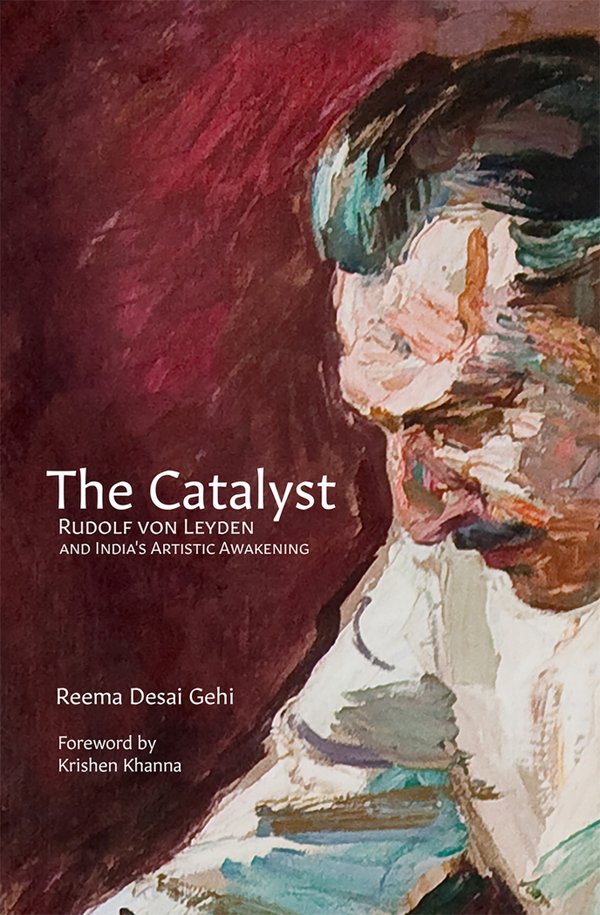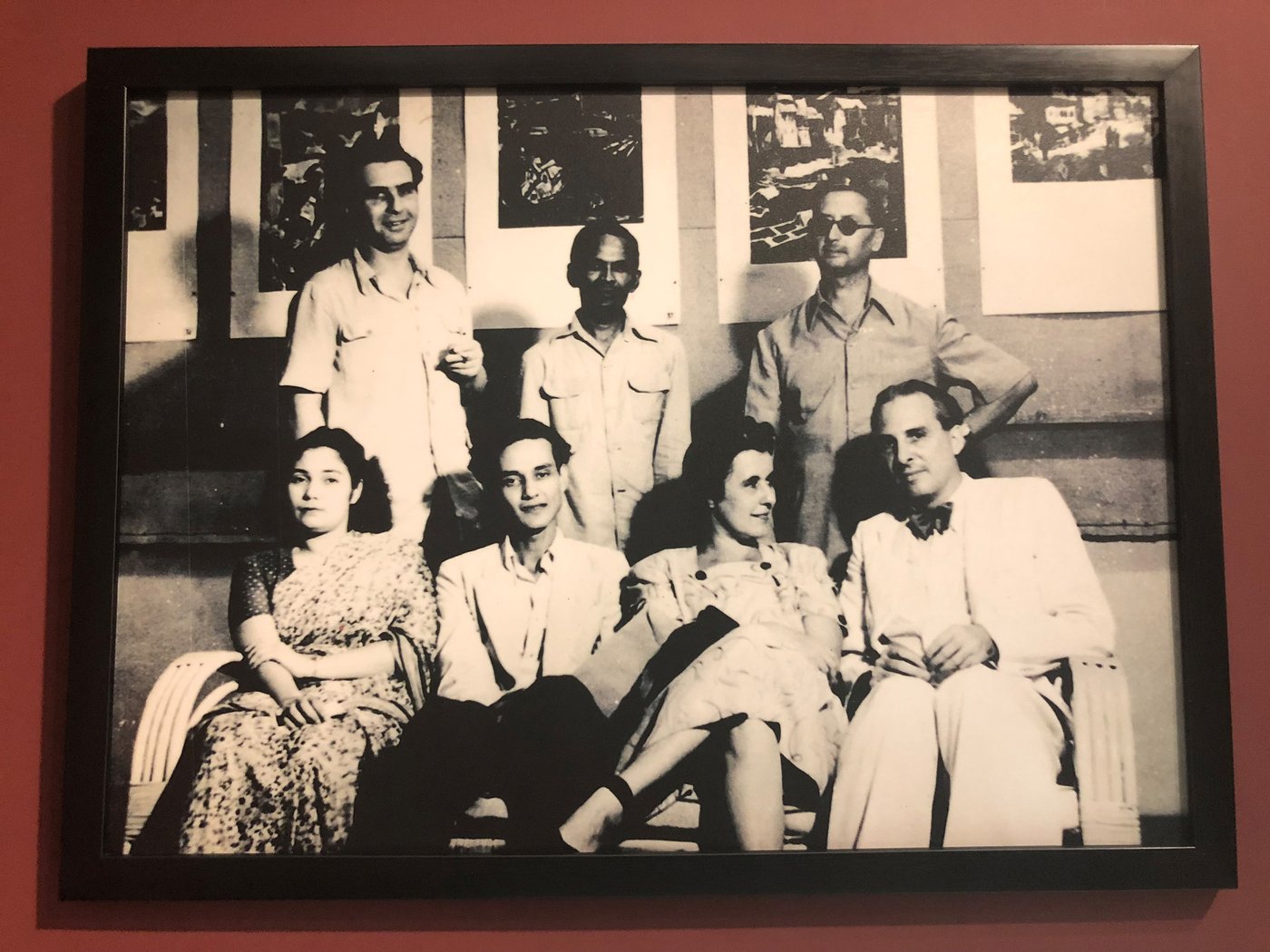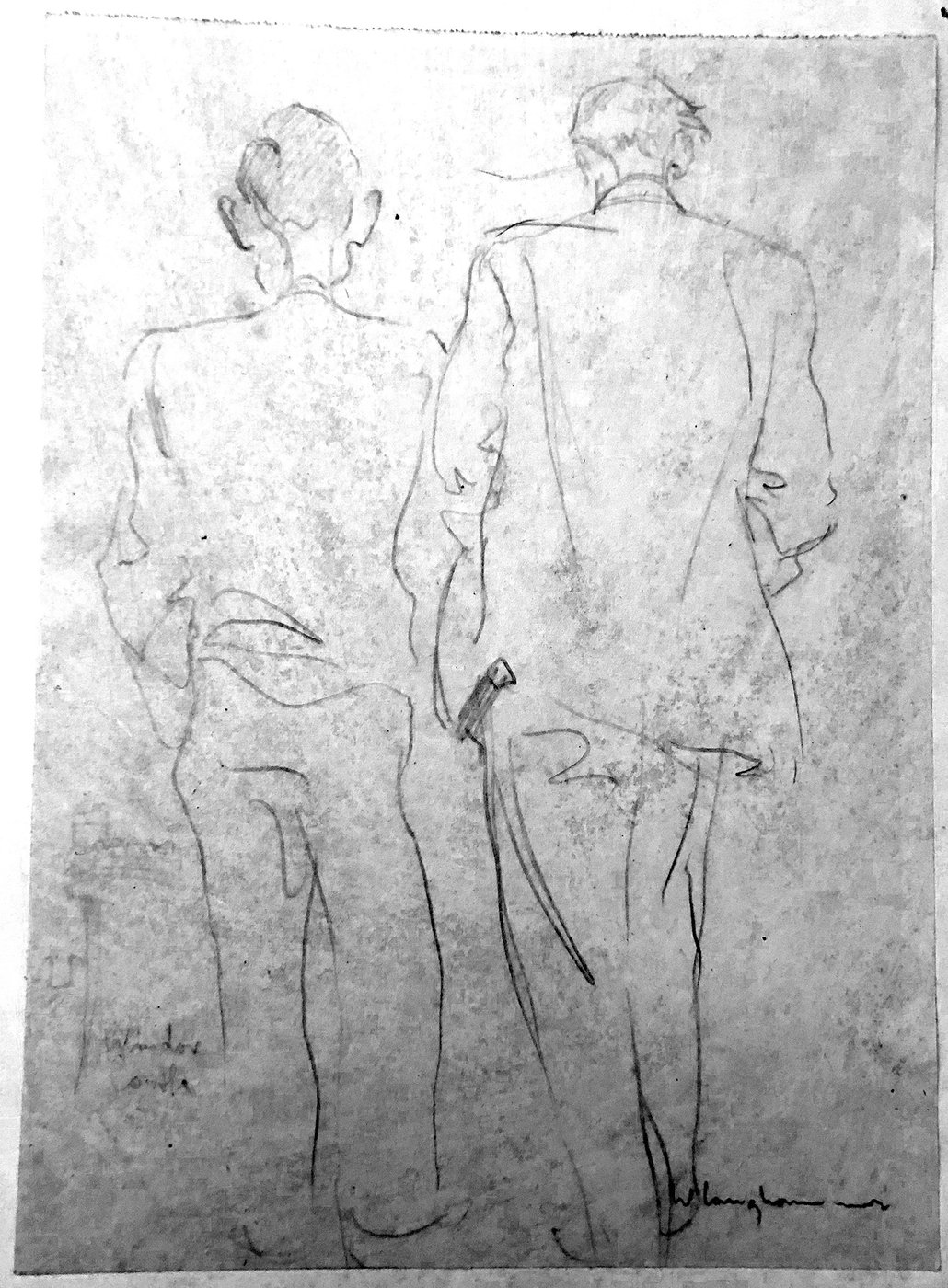Reema Desai Gehi: Rudolf von Leyden and India’s artistic awakening
On the legacy of an exiled German scholar who came to India before World War II and emerged as a pivotal figure in the art world—Lecture and book presentation as part of the Academy Library’s Wer A… sagt event series
In the dynamic milieu of post-Independence Bombay (today: Mumbai), Rudolf von Leyden, a discerning German art critic, grew into a significant albeit often overlooked role in the evolution of modern Indian art. A refugee from Nazi Germany who came to India in May 1933, Rudolf, affectionately known as Rudi, swiftly emerged as an indefatigable advocate for India’s burgeoning avant-garde painters.
The Catalyst: Rudolf von Leyden and India’s Artistic Awakening, published 2024 by Speaking Tiger, elucidates the profound impact that this critic had on Indian luminaries such as Krishnaji Howlaji Ara, Maqbool Fida Husain, Sayed Haider Raza, and Francis Newton Souza—trailblazing visionaries, who defied conventional artistic paradigms to sculpt a daring new aesthetic for a nation in the throes of rebirth.
Through his astute writings, von Leyden not only nurtured the nascent talents and daring experiments of these artists but—alongside his European compatriots Walter Langhammer and Emanuel Schlesinger— also introduced the Progressive painters to the currents of international modernism, igniting their fervent striving for artistic liberation.
A prominent member of the Progressive Artists’ Group, Krishen Khanna acknowledges that he’s a better draughtsman than a painter today because of the feedback he received from von Leyden’s reviews. In his essay, Looking out of the Looking Glass, (published in Mumbai Modern: Progressive Artists Group 1947–2013, ed. Kishore Singh, New Delhi, 2013), Khanna writes: “The presence of expatriates from Hitler’s Germany certainly contributed to giving a direction to this movement. Walter Langhammer, a devotee of Oscar Kokoschka, for instance, was the art director with The Illustrated Weekly of India. Rudi von Leyden, a very competent cartoonist gifted with a very discerning eye, was the art reviewer for the Times of India. Then there was Emanuel Schlesinger, a key patron and constant companion to many Indian artists. There was not an exhibition he did not visit. He was also a compulsive buyer of art, an endearing quality, particularly in the days when hardly anyone ever bought paintings, leave alone drawings. The presence of these people had a stimulating effect not only among artists but also among connoisseurs, many of whom had just started acquiring works.”
The presentation will highlight the impact Leyden, Langhammer, and Schlesinger had on in the India art scene.
Reema Desai Gehi is an arts writer, researcher, and cultural facilitator based in Mumbai, India. For over a decade, Reema has written on the arts and culture scene for the Mumbai Mirror, India Today and Hindustan Times. She has recently joined Art India—India’s longest-running art magazine—as its editor.
Reema is an alumna of Cardiff University, UK, where she completed her master’s degree with a special focus on arts journalism.
Her first book, The Catalyst: Rudolf von Leyden and India’s Artistic Awakening, traces the life and legacy of a seminal art critic, who was instrumental in shaping the careers of many artists of the Bombay Progressive Artists’ Group.

Reema Desai Gehi, The Catalyst: Rudolf von Leyden and India’s Artistic Awakening
216 pages, hardback, New Delhi: Speaking Tiger, 2024
https://www.thecatalystbook.com/

